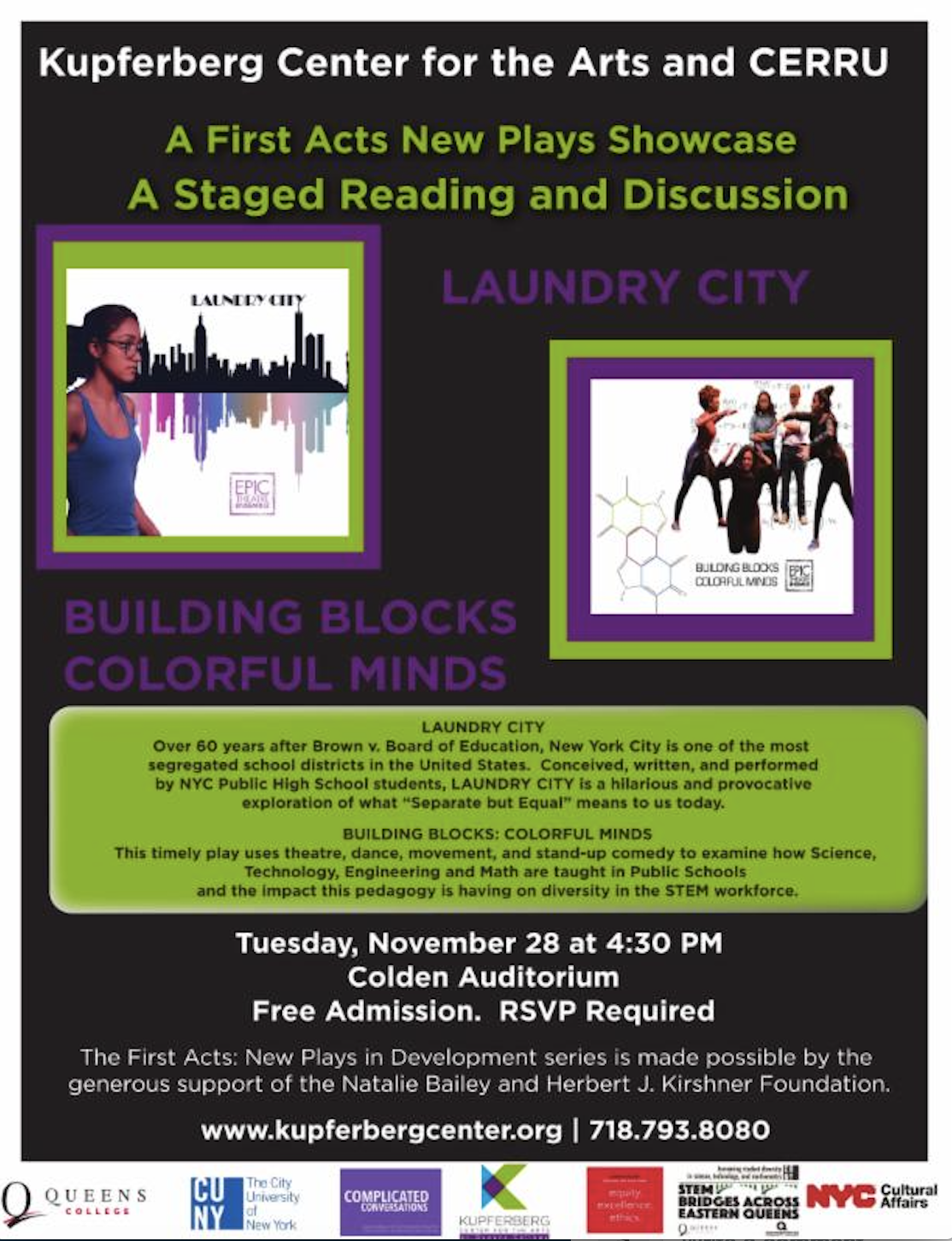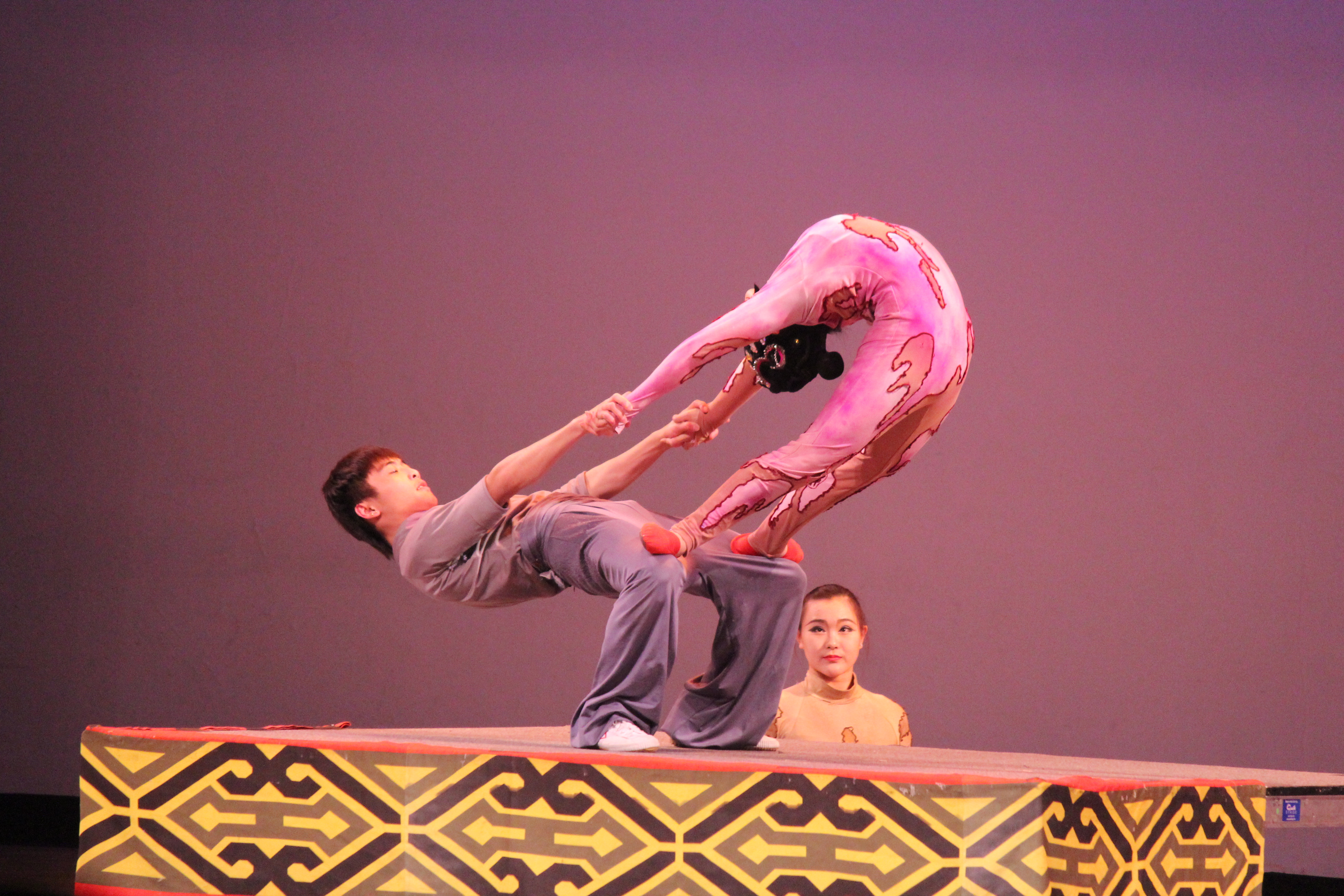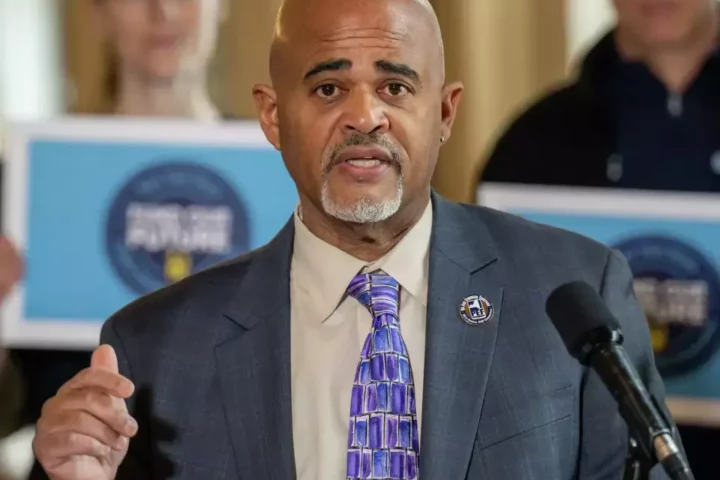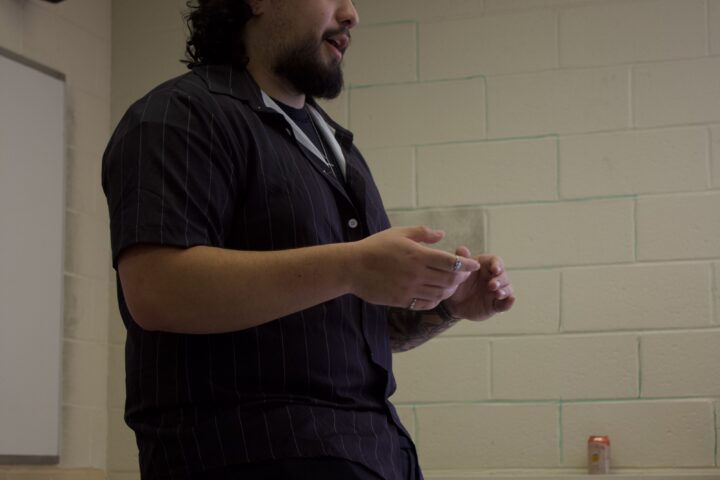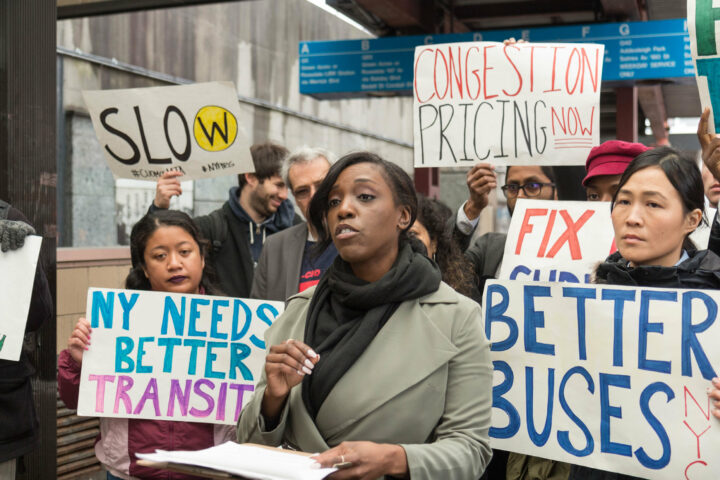“MASS: A Theatre Piece For Singers, Players and Dancers” proved to be an unconventional mass for the audience at Colden Auditorium on Nov. 2
“Mass” was brought to life with the help of a street chorus, a children’s choir, dancers, orchestra, marching, blues and rock band. A conductor replaced the role of a priest while the theatrical piece put a different spin on religion.
The show was conducted by Maurice Peress and directed by Lorca Peress. Maurice Peress was the original conductor when “Mass” premiered in 1971 at the John F. Kennedy Center for Performing Arts.
The piece is considered to be one of Leonard Bernstein’s most influential works. Bernstein, one of the most successful American composers of all-time, is known for scoring classic Broadway musicals such as “West Side Story”. He also conducted all over the world and was, at one time, the musical director of the New York Philharmonic.
The piece was based on the traditional mass of the Roman Catholic Church and tells a very unique and honest story. It contained a powerful clash of classical music and contemporary music, a theme in many of Bernstein’s works.
The set featured an appropriate backdrop of various important figures throughout history such as Anne Frank, Rosa Parks, John Lennon and Martin Luther King Jr. They all represented symbols of social change, being monumental leaders in history.
The show began with “Kyrie,” which began the theme of tradition. This was cut short by a folk singer playing a guitar. This folk singer was the celebrant, played by the powerful tenor Victor Starsky. The charismatic leader led the mass and gained the admiration of the street chorus. The street chorus involved various talented performers and vocalists. Throughout the performance, each voice was brought to the forefront, able to shift with the various styles.
As the story progressed, the street chorus began to express their frustrations with their leader.
“Give us peace,” the singers sang in retaliation.
“I believe in God, but does God believe in me?” sang another voice in Credo in unum Deum.
The inclusion of rock and blues music beautifully captured the pain and discord within the street chorus. Eventually there is a breakdown of both the celebrant and the street chorus.
The ending showed the emergence of leader in a young girl, played by Cordelia Calberson. However, in the end, it was clear this story was a celebration of music, performance, life, honesty and most importantly, change.
The mass concluded with the traditional saying, “this Mass has ended, go in peace.”






